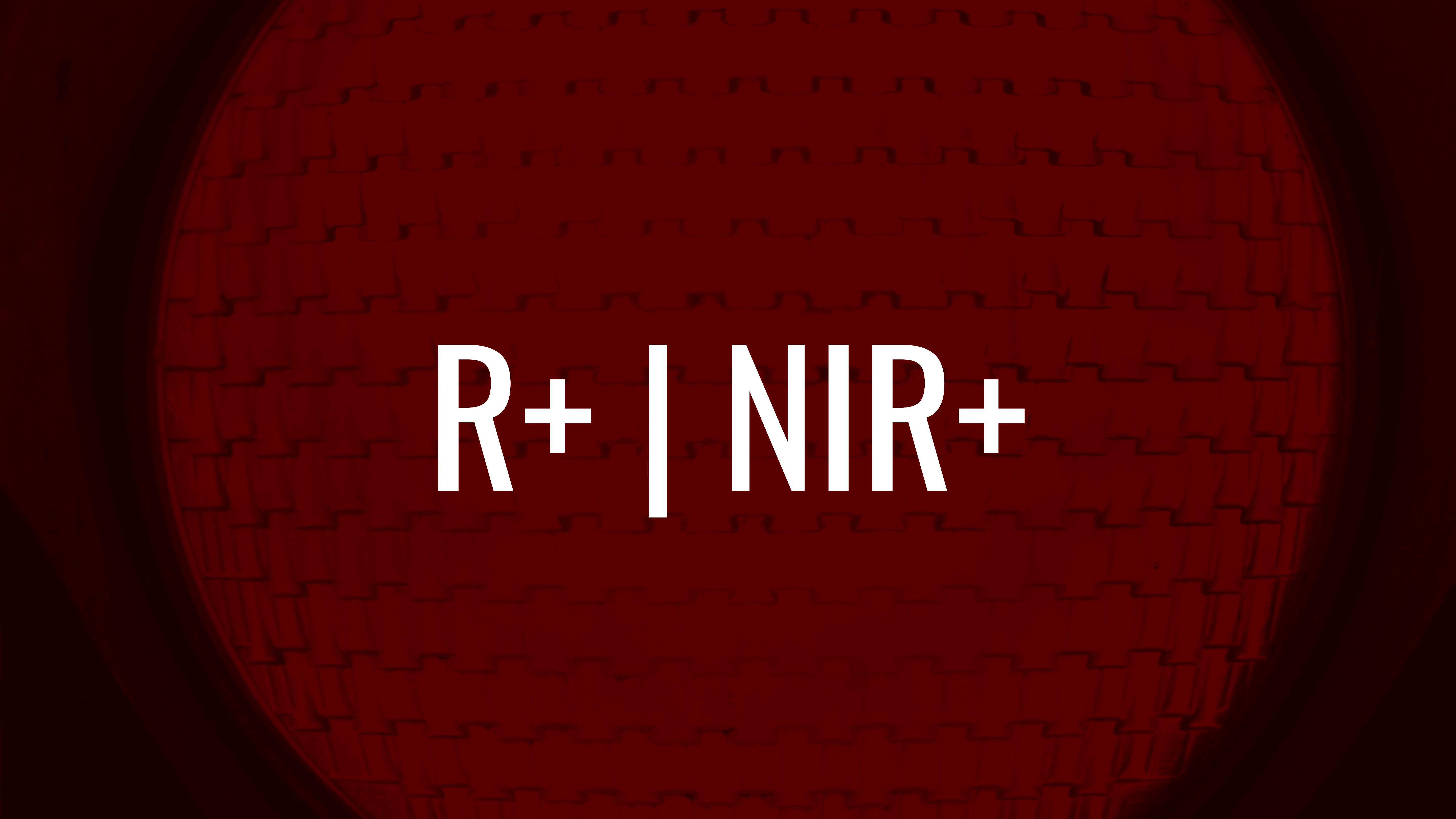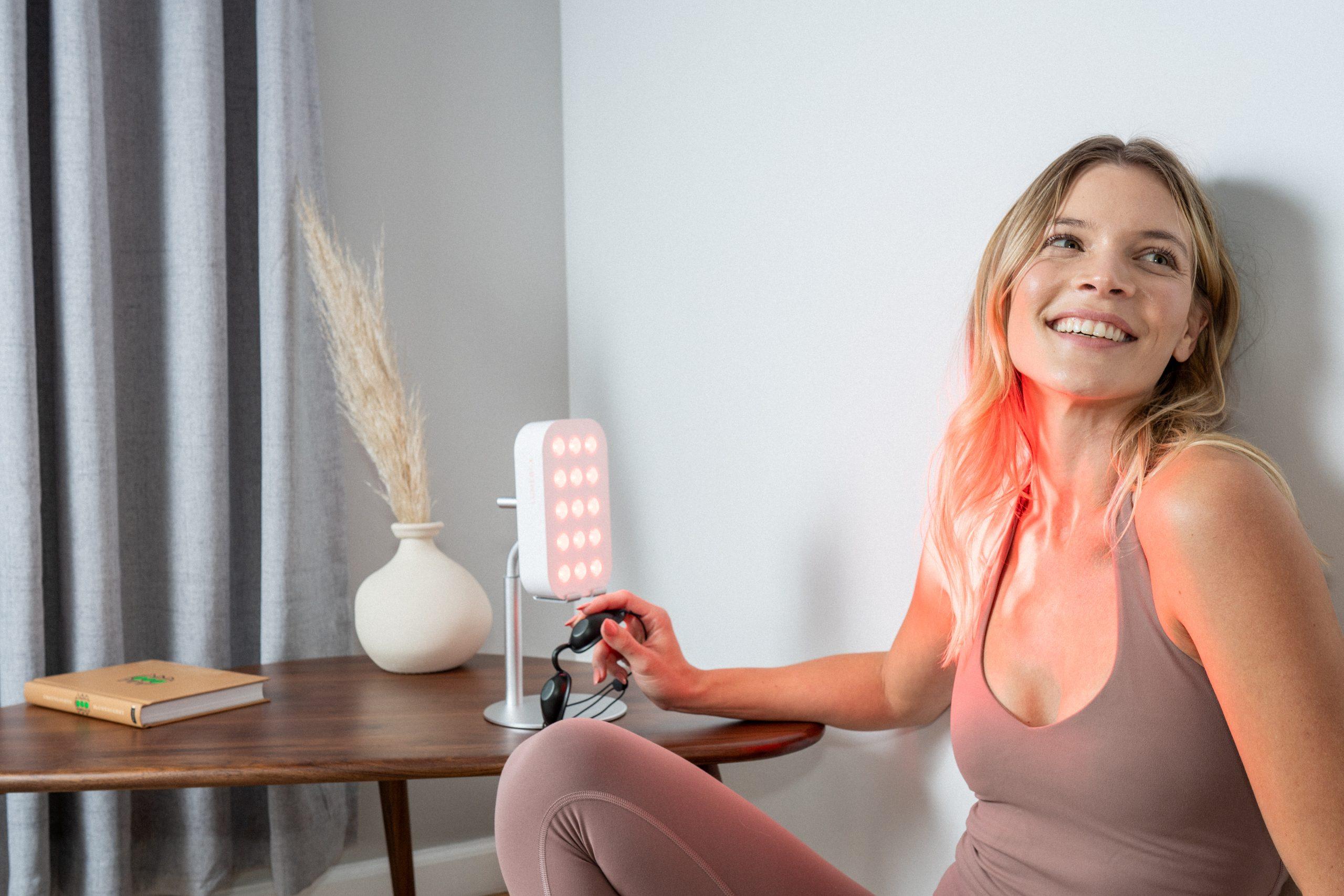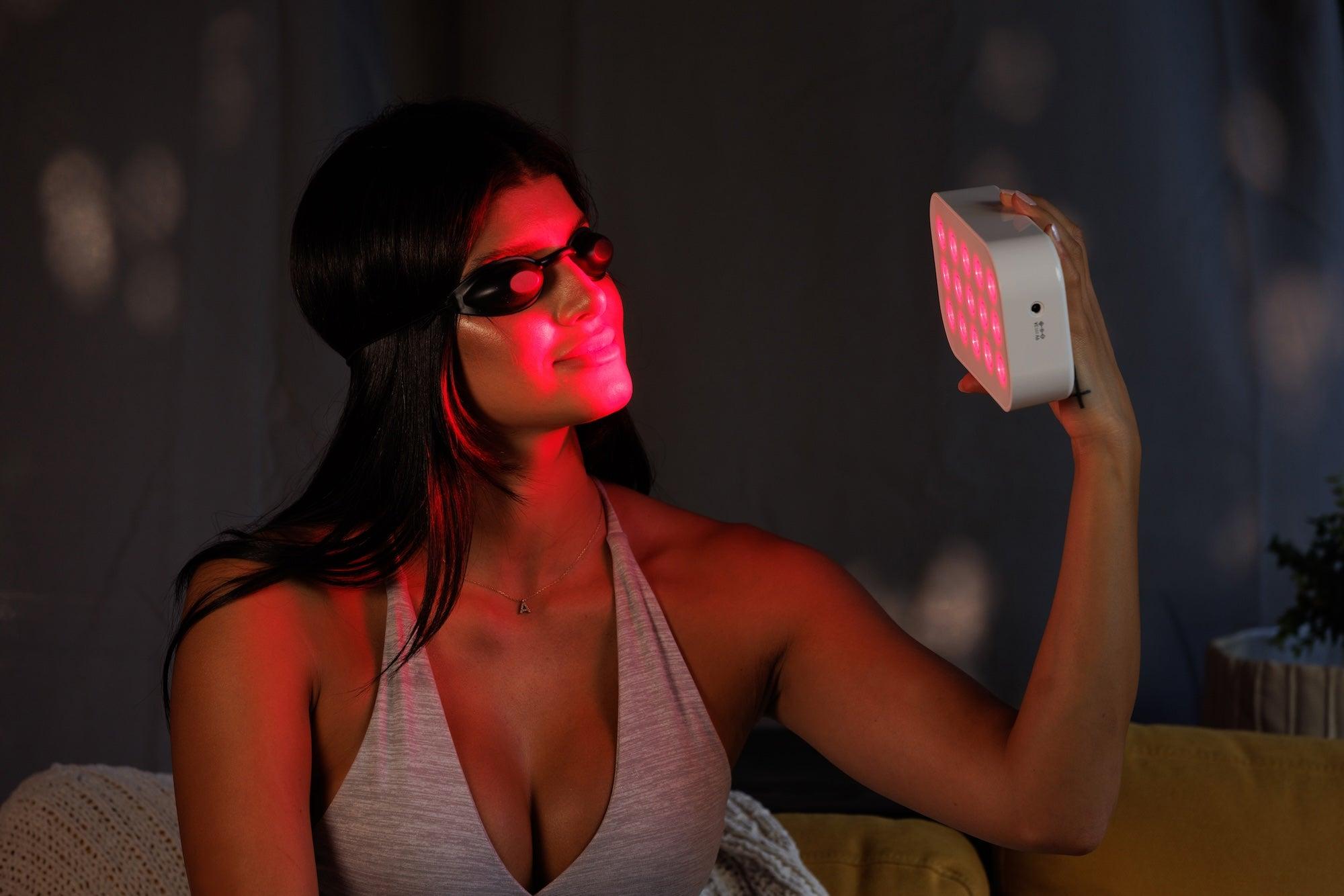Embarking on your journey into the world of light therapy can feel like stepping into a new language. With terms like PBM, NIR, chromophores, and nanometers floating around, it’s easy to feel overwhelmed. At Glow Pulse Therapy, we believe that understanding the science behind the glow is key to harnessing its full potential. This comprehensive Glossary Of Light Therapy Terms: From PBM To NIR is designed to illuminate the complex vocabulary, transforming confusion into clarity and empowering you with the knowledge to make informed decisions about your wellness journey. We’ve meticulously compiled this resource to serve as your reliable guide, ensuring you grasp the core concepts that define this revolutionary field.
Understanding the Fundamentals of Photobiomodulation (PBM)
At the heart of modern light therapy lies Photobiomodulation, a term that describes how light interacts with our cells. This section delves into the foundational concepts, from the core process itself to the critical measurements that dictate its efficacy.
Photobiomodulation (PBM)
Photobiomodulation, often abbreviated as PBM, refers to the use of specific wavelengths of light, typically red and near-infrared (NIR) light, to stimulate cellular function. This non-invasive treatment aims to improve cellular energy production, reduce inflammation, and accelerate tissue repair. It works by delivering photons to the cells, where they are absorbed by chromophores within the mitochondria, triggering a cascade of beneficial biological responses. It’s a key concept in understanding how light therapy can support overall well-being.
Low-Level Laser Therapy (LLLT)
Low-Level Laser Therapy (LLLT) is an earlier term that often overlaps with PBM. It specifically refers to the use of low-power lasers for therapeutic purposes. While all LLLT falls under the umbrella of PBM, not all PBM involves lasers; many modern devices use light-emitting diodes (LEDs) which offer broad coverage and safety. The principle remains the same: deliver specific light wavelengths to promote healing and reduce pain.
Wavelength
In light therapy, wavelength is a crucial measurement, typically expressed in nanometers (nm). It defines the color of visible light or the specific band within the invisible spectrum, such as near-infrared (NIR). Different wavelengths penetrate tissues to varying depths and interact with different chromophores, leading to distinct therapeutic effects. For instance, red light (630-700 nm) is excellent for skin surface issues, while NIR light (780-1200 nm) penetrates deeper into tissues and joints.
Nanometer (nm)
A nanometer (nm) is a unit of length equal to one billionth of a meter. It is the standard unit used to measure the wavelength of light. Understanding nanometers is essential because it directly correlates with the therapeutic outcomes in light therapy. Devices specifying wavelengths like 660nm (red) or 850nm (NIR) are indicating the precise light frequencies designed for specific biological interactions.
Irradiance (Power Density)
Irradiance, also known as power density, measures the power of light delivered to a surface area, typically expressed in milliwatts per square centimeter (mW/cm²). It indicates the intensity of the light source. Higher irradiance generally means a shorter treatment time is needed to achieve the desired therapeutic dose, assuming the correct wavelengths are used. It’s a critical factor in determining the effectiveness and efficiency of a light therapy session.
“Many people wonder if all light therapy is the same. The truth is, the specific wavelength, measured in nanometers, is like the key unlocking a particular cellular door. It’s why 660nm red light helps with skin, while 850nm NIR light reaches deeper into muscle and joint tissue.” – Dr. Evelyn Reed, Lead Biophysics Researcher, Glow Pulse Therapy.
 Illustration showing different light therapy wavelengths and their penetration depth into human tissue, from red to near-infrared light spectrum.
Illustration showing different light therapy wavelengths and their penetration depth into human tissue, from red to near-infrared light spectrum.
Exploring the Spectrum: Red Light Therapy and Near-Infrared (NIR)
Red light and near-infrared light represent the most commonly utilized and scientifically supported wavelengths in modern light therapy. While both fall under the PBM umbrella, they offer distinct advantages due to their unique properties.
Red Light Therapy
Red light therapy utilizes visible red light, typically in the 630-700 nm range. Because these wavelengths are visible, they are absorbed closer to the surface of the skin. This makes red light highly effective for dermatological applications, including collagen production for anti-aging, wound healing, reducing inflammation, and improving skin tone and texture. It’s often associated with promoting skin rejuvenation and a healthy complexion.
Near-Infrared (NIR) Light Therapy
Near-infrared (NIR) light therapy uses invisible light wavelengths, generally ranging from 780 nm to 1200 nm. The primary benefit of NIR light is its ability to penetrate much deeper into biological tissues compared to red light, reaching muscles, joints, bones, and even the brain. This deeper penetration makes NIR light therapy exceptionally beneficial for conditions like chronic pain, muscle recovery, joint health, and nerve regeneration. It’s crucial for targeting internal cellular processes.
Comparative Benefits of Red Light vs. NIR Light
| Feature | Red Light (630-700 nm) | Near-Infrared (NIR) Light (780-1200 nm) |
|---|---|---|
| Visibility | Visible (appears red) | Invisible (appears dim or not at all) |
| Penetration Depth | Superficial (skin surface, epidermis, dermis) | Deep (muscles, joints, bones, nerves, brain) |
| Primary Applications | Skin health, collagen production, wound healing, superficial inflammation, complexion | Pain relief, muscle recovery, joint health, deep tissue repair, nerve regeneration, brain health |
| Cellular Interaction | Targets skin cells, fibroblasts | Targets mitochondria in deeper cells, nerve cells, bone cells |
This Glossary of Light Therapy Terms: From PBM to NIR highlights that while both are beneficial, their optimal use depends on the target area and desired outcome.
Essential Terms in Light Therapy Application
Understanding the core mechanisms and applications is vital for leveraging light therapy effectively. These terms describe what happens at a cellular level and how treatment outcomes are achieved.
Chromophores
Chromophores are specific molecules within our cells that absorb light. Think of them as tiny light-sensing antennae. In the context of PBM, the primary chromophore is cytochrome c oxidase, found within the mitochondria. When light photons are absorbed by these chromophores, they trigger a series of biochemical reactions that ultimately enhance cellular function, including increased ATP production.
ATP Production
ATP (Adenosine Triphosphate) is often referred to as the “energy currency” of the cell. Photobiomodulation works by stimulating the mitochondria, the cell’s powerhouses, to produce more ATP. This increased energy availability allows cells to perform their functions more efficiently, whether it’s repairing damaged tissue, reducing inflammation, or supporting metabolic processes. Enhanced ATP production is a cornerstone of light therapy’s therapeutic effects.
Mitochondria
The mitochondria are organelles found in nearly all eukaryotic cells, often called the “powerhouses of the cell.” They are responsible for generating most of the cell’s supply of ATP, used as a source of chemical energy. In light therapy, mitochondria are the primary targets for light absorption, specifically through their chromophores, leading to the beneficial cascade of events that define PBM.
 Detailed illustration of cellular mitochondria absorbing red and NIR light, showing increased ATP production for cellular repair.
Detailed illustration of cellular mitochondria absorbing red and NIR light, showing increased ATP production for cellular repair.
Cellular Repair
One of the significant benefits of light therapy, powered by the principles outlined in this Glossary of Light Therapy Terms: From PBM to NIR, is its ability to promote cellular repair. By increasing ATP production and activating various signaling pathways, PBM helps damaged cells recover, regenerate, and function optimally. This accelerated repair mechanism contributes to faster wound healing, tissue regeneration, and recovery from injury or daily wear and tear.
Inflammation Reduction
Light therapy has potent anti-inflammatory effects. It works by modulating various inflammatory pathways, reducing oxidative stress, and promoting a more balanced immune response at the cellular level. This reduction in inflammation is crucial for alleviating pain, swelling, and discomfort associated with numerous conditions, from arthritis to muscle soreness.
Pain Relief
Through a combination of reduced inflammation, improved circulation, and direct effects on nerve function, light therapy is increasingly recognized for its pain-relieving capabilities. It can help alleviate both acute and chronic pain by promoting natural healing processes and decreasing nerve sensitivity, offering a non-pharmacological approach to pain management.
“Our aim at Glow Pulse Therapy is to empower individuals to take control of their wellness. Understanding terms like ATP production and cellular repair isn’t just academic; it’s about seeing how deeply light can impact your body’s natural healing capabilities. It truly redefines what’s possible.” – Liam O’Connell, Founder & CEO, Glow Pulse Therapy.
Advanced Concepts & Device Specifics
Beyond the basic terminology, certain concepts provide a deeper understanding of light therapy devices and their efficacy.
FDA Clearance
FDA Clearance indicates that the U.S. Food and Drug Administration has determined that a medical device is substantially equivalent to another legally marketed device (predicate device). For light therapy devices, FDA clearance signifies that the product has undergone a review process demonstrating its safety and effectiveness for its intended use. This is an important consideration for consumer trust and product reliability.
Contraindications
Contraindications are specific situations or conditions in which a particular treatment should not be used because it might be harmful to the patient. For light therapy, common contraindications include pregnancy, epilepsy (especially with flashing lights), active cancer (unless under specific medical guidance), and photosensitivity-inducing medications. Always consult a healthcare professional before starting any new therapy.
Coherence (Laser vs. LED)
Coherence refers to the property of light waves being in phase with each other, meaning their peaks and troughs align. Lasers produce highly coherent light, which is monochromatic (single wavelength) and directional, allowing for very precise targeting. LEDs, on the other hand, produce incoherent light, which is diffuse and spreads out. While lasers can deliver very high power to a small area, LEDs offer broader coverage and are generally safer for home use, still delivering effective PBM.
Polychromatic vs. Monochromatic Light
- Monochromatic Light: Consists of a single specific wavelength (e.g., exactly 660 nm). Lasers are typically monochromatic.
- Polychromatic Light: Consists of multiple wavelengths simultaneously (e.g., a mix of 660 nm and 850 nm). Many LED light therapy devices are polychromatic, combining the benefits of different wavelengths in one treatment. This blend often allows for a more comprehensive therapeutic effect, addressing both superficial and deep tissues simultaneously.
 Visual comparison of monochromatic and polychromatic light illustrating their wave patterns and applications in light therapy.
Visual comparison of monochromatic and polychromatic light illustrating their wave patterns and applications in light therapy.
Beam Angle/Coverage Area
The beam angle refers to how widely the light emitted from a source spreads. A narrow beam angle provides concentrated light over a small area, while a wide beam angle provides less intense but more dispersed coverage. The coverage area dictates how much of the body can be treated simultaneously. For home light therapy devices, a wide coverage area is often preferred for treating larger muscle groups or the entire face efficiently.
Treatment Protocols
Treatment protocols are specific guidelines for using light therapy devices, including parameters such as the duration of a session, the frequency of treatments (e.g., daily, 3 times a week), and the distance the device should be held from the body. Adhering to recommended protocols is essential to ensure both safety and optimal therapeutic outcomes, preventing under-treatment or potential over-exposure.
Conclusion: Your Guide to Enlightened Wellness
Navigating the landscape of light therapy can be complex, but with this comprehensive Glossary of Light Therapy Terms: From PBM to NIR, you are now equipped with the fundamental knowledge to understand its core principles and applications. From understanding how photons energize your cells through PBM to distinguishing the unique benefits of red and near-infrared light, you possess a clearer picture of how this remarkable technology supports your well-being.
At Glow Pulse Therapy, our commitment is to provide not only cutting-edge devices but also the robust educational resources necessary for you to truly understand and benefit from light therapy. We believe that an informed user is an empowered user. Explore our extensive collection of guides, scientific articles, and FAQs on our website to deepen your understanding and discover how Glow Pulse Therapy can illuminate your path to optimal health.
Frequently Asked Questions About Light Therapy Terms
Q1: What is the main difference between red light and near-infrared (NIR) light?
A1: The main difference lies in their wavelength and penetration depth. Red light (630-700 nm) is visible and primarily affects the skin surface, while near-infrared (780-1200 nm) is invisible and penetrates much deeper into muscles, joints, and bones, offering different therapeutic benefits.
Q2: Is Photobiomodulation (PBM) the same as Low-Level Laser Therapy (LLLT)?
A2: LLLT is a type of PBM that specifically uses low-power lasers. PBM is a broader term that includes therapeutic light delivered by both lasers and LEDs, focusing on the cellular effects of light absorption.
Q3: Why are nanometers (nm) important in light therapy?
A3: Nanometers (nm) measure the specific wavelength of light, which determines how deeply the light penetrates tissues and which cellular chromophores it interacts with. Different wavelengths are optimized for different therapeutic outcomes.
Q4: How does light therapy reduce pain and inflammation?
A4: Light therapy reduces pain and inflammation by stimulating cellular energy production (ATP), increasing blood flow, modulating inflammatory pathways, and reducing oxidative stress at the cellular level, promoting natural healing and reducing discomfort.
Q5: What does FDA clearance mean for a light therapy device?
A5: FDA clearance indicates that the device has been reviewed by the U.S. Food and Drug Administration and found to be substantially equivalent to an existing device, meaning it meets established safety and effectiveness standards for its intended use.
Q6: Can I use a light therapy device every day?
A6: While many light therapy devices are safe for daily use, it’s essential to follow the specific treatment protocols provided by the manufacturer. Over-treatment is generally not harmful but may not provide additional benefits. Always consult the user manual or a healthcare professional.
Q7: What are chromophores, and why are they important in light therapy?
A7: Chromophores are molecules within cells that absorb light energy. In light therapy, they are crucial because their absorption of specific light wavelengths initiates the beneficial biological responses, such as increased ATP production, that lead to therapeutic effects.



